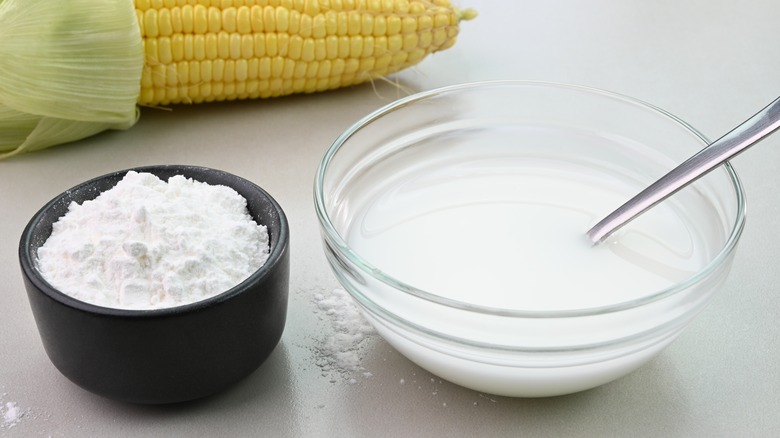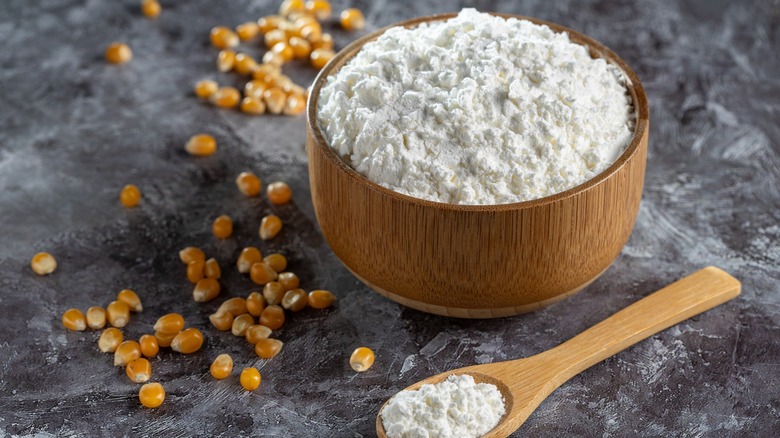What Is A Slurry (And How Do You Use It)?
Spend enough time cooking and you're sure to hear the term "slurry" eventually. But what is a slurry? Simply put, it's a thickening agent made from water and starch. You can toss it into soups, sauces, and stews to change a dish's mouthfeel. Slurries provide a luscious texture to any base when done right. Does your delightful winter stew lack heft? Add some body with a slurry. Is your favorite gravy just not sticking to meat like it used to? A slurry will fix it right up. You can even use slurries to thicken spaghetti sauce, bringing new textural life to old classics.
If you have food sensitivities or can't access certain ingredients, don't worry — there are plenty of starches you can use. Corn starch is the most popular, but flour, arrow root, and potato starch aren't far behind. Just take care: each starch has a subtle, unique impact on a dish's final texture.
Getting the most out of your slurry
Slurries are one of those infuriating kitchen basics that are easy to make, but tricky to perfect. Everyone seems to have an opinion, with debates raging across the internet on everything from ingredient ratios to water temperature. It's a lot to take in, so keep just a few slurry basics in mind to start.
First, learn some starch 101. Did you know that corn starch has twice the thickening power of flour, but arrowroot will give you a glossier, silkier dish? All starches get the job done if you're just looking to thicken a dish up, but if you're after a specific texture or appearance, you want to be more selective with your ingredients.
Next, master your mixing style. If you dump starch right into a boiling pot, you'll end up with unattractive white lumps that could earn you a raised brow from dining guests. Instead, add your starch directly to cold water using equal parts water and starch. Mix thoroughly to remove any lumps. If you make your slurry in advance, stir it again before adding it to your dish.
Finally, focus on timing. This is where slurries get finicky. If you don't cook the slurry long enough, liquid won't evaporate and you won't see a big textural difference. But overheated slurry mixtures make runny sauces, so always remove your pan from the heat as soon as the dish hits your desired consistency. Do this and remember to add your slurry mixture in small portions, and you'll nail the right texture in no time.

